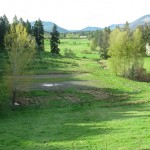 I’d heard bits and pieces about biodynamics over the years and finally had an opportunity to hear Dennis Klocek speak about elements of it last weekend. It’s not an easy thing to wrap your head around, or define succinctly – though one of my favourite thumbnail definitions of what it is was “organics with knobs on.” Which is amusing though not illuminating, and after a full day plus evening lecture by one of the teachers from the Rudolf Steiner
I’d heard bits and pieces about biodynamics over the years and finally had an opportunity to hear Dennis Klocek speak about elements of it last weekend. It’s not an easy thing to wrap your head around, or define succinctly – though one of my favourite thumbnail definitions of what it is was “organics with knobs on.” Which is amusing though not illuminating, and after a full day plus evening lecture by one of the teachers from the Rudolf Steiner
College I feel a bit closer to understanding some of Steiner‘s ideas about biodynamic agriculture. But don’t feel much more able to capture it in a few words. Nor could Steiner, for good reason, and this perhaps this excerpt from his Agriculture Course Lecture 1 gives you a sense of the span of his thinking:
Why is it that people think they can talk of a thing from theoretic points of view, when they do not understand it? The reason is, that even within their several domains they are no longer able to go back to the real foundations. They look at a beetroot as a beetroot. No doubt it has this or that appearance; it can be cut more or less easily, it has such and such a colour, such and such constituents. All these things can no doubt be said. Yet therewithal you are still far from understanding the beetroot. Above all, you do not yet understand the living-together of the beetroot with the soil, with the field, the season of the year in which it ripens, and so forth….
To take [the beetroot growing in the earth] just for what it is within its narrow limits, is nonsense if in reality its growth depends on countless conditions, not even only of the Earth as a whole, but of the cosmic environment. The men of to-day say and do many things in life and practice as though they were dealing only with narrow, limited objects, not with effects and influences from the whole Universe.
This addresses what I think is the main problem with, well, everything that matters in the world today, which is the human insistence on seeing the biosphere as a jigsaw puzzle of independent objects that can be damaged, altered or removed without any effect on the rest. Our legislators cannot seem to grasp the fundamental interconnectedness of life on this planet, and until that is accepted, I think we are all doomed. Fortunately, we all have the opportunity to educate ourselves, and share that knowledge, and hope to restore some sanity to the world around us.
Klocek has been involved in biodynamics for decades, and besides being author of a revered text on weather patterns is billed as the Program Director of Consciousness Studies at the college. He began by giving us the beginnings of an answer to that “what is the difference between organics and biodynamics” question. It is everything to do with the philosophical underpinnings:
Steiner recognized the principle of evolution of consciousness. The destiny of the earth is congruent with the evolution of human consciousness: and in fact the two are interwoven. The vast majority of people today are divorced from the reality of the spirituality of the earth (it’s been described as “mother” in the past, in more naturalistic cultures) and instead see the earth as a resource to be used.
He went on to discuss the evolution of consciousness in more detail. We are here, he argued, to learn about limitations. While the past, we depended upon others (“tribal consciousness”), today we have evolved to cope with our human limitations using technology. And technology arises from human imagination, which allows us to convert things of nature into things that nature can’t make (medicines, machines, devices): unlike a rock or a bird, we are able to make manifest what exists in our imagination.
But morality has to keep pace with technical capacity: if that doesn’t happen, we can only assess morality after the fact and end up with regulations. We’ve certainly overdone it with Western thinking, and risk being regulated out of existence by our own technology (just think of the legal wrangles over being “allowed” to produce food: chicken bylaws, meat regulations, land use policies). Simulated culture will be all that’s available to us, he warned, unless we find a way to re-establish our connection with nature (“Gluten-free pizza with dairy free cheese,” he mused: “Why even bother?”)
He went on to talk about the uses of imagination, patterns, the mineral cross, the drop picture method, antenna theory, the philosophy and science behind biodynamic preparations and planting charts that use the the star moon (lunar cycles in conjunction with planetary aspects that cause tidal and atmospheric changes) and which are perhaps most simply followed by buying a copy of Stella Natura and doing what it says.
So. A thought-provoking day was had by all and I’ll need to spend some more time mulling over my notes and looking at a bit more Steiner before I rush out to stir up the preparations. One of my earlier encounters with biodynamics was our memorable sojourn to Crete in 2007, where agronomist Kostas Bouyouris had explained some of his background in it. 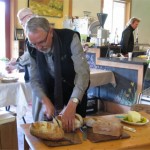 He said he’d been skeptical about the theory and had tested it out enough to convince himself that it worked, and applied it without attempting to explain it in full to local farmers, letting them see for themselves. But there was enough poetry in the talk to intrigue me, and I can enjoy that for starters. As I did the excellent food grown (biodynamically!) on the farm and provided during the day by Katie Ehrlich and her team from the Alderlea Farm Cafe. It’s definitely worth a taste if you’re passing…
He said he’d been skeptical about the theory and had tested it out enough to convince himself that it worked, and applied it without attempting to explain it in full to local farmers, letting them see for themselves. But there was enough poetry in the talk to intrigue me, and I can enjoy that for starters. As I did the excellent food grown (biodynamically!) on the farm and provided during the day by Katie Ehrlich and her team from the Alderlea Farm Cafe. It’s definitely worth a taste if you’re passing…

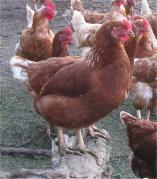
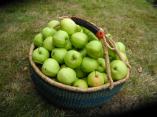
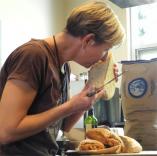

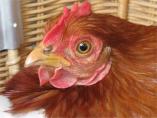
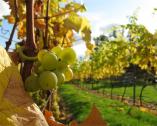

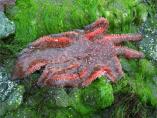
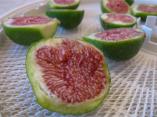
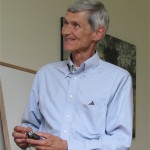
One Response to Earth Medicine